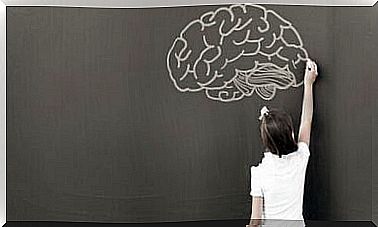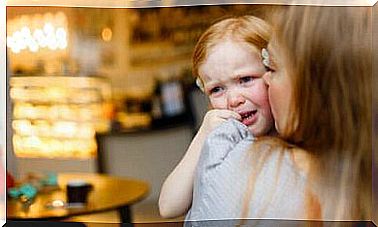Depression In Children: A Child’s Tears Are Bullets Straight To The Heart
Depression in children exists, although it is little known. Sad children who cry, who do not smile, who constantly get angry and who do not enjoy life. Children who live their lives while drowning in anxiety. Children who see their innocence being destroyed by the terrible monster of depression.
Because ultimately, yes, there are children who are in a deep sadness. Children who can not smile, because their reality has been responsible for putting their innocence on pause. It does not really work. Because the image we maintain of childhood is that of children who smile, are happy and playful.
When we see a child who is serious and sloppy, we try to tell him not to be sad. We tell them not to cry, to smile. This is the first serious error.
A depressed child maintains an inner dialogue with himself that is rarely made explicit and visible. Some of the questions it will ask are: How can I force myself to feel better? Why do people insist that I smile, play, not cry and never get angry? I can not stop feeling annoyed, why? Why is everyone looking at me in a weird way? Maybe I’m weird, and it’s not even worth the effort.

Depression in children: A depression with visible characteristics
Depression in children exists and has clear signs that can help us trigger an alarm that something is not right in the inner emotional life of our young people. Some of the symptoms are similar to those found in adults. For example, sadness often manifests itself, as does the decline in academic achievement. This can be compared to the low work process seen in adults.
A distinctive aspect, however, is that irritability and aggression are common characteristics in depression in children. We also tend to find somatic complaints such as abdominal pain, headaches, muscle aches etc.
We can also see how the darkness overshadows their motivation and their desire to play or do different activities. You can also see that the child is not eating or sleeping properly, or how he suffers from a lack of general energy.
A child suffering from depression is unlikely to be able to concentrate, think or make decisions. In fact, they may experience thoughts of death or ideas, plans or suicide attempts.
If you observe five or more of the mentioned symptoms, the specialist will probably diagnose depression. Nevertheless, keep in mind that certain states of apathy, aversion, or sadness are perfectly normal.
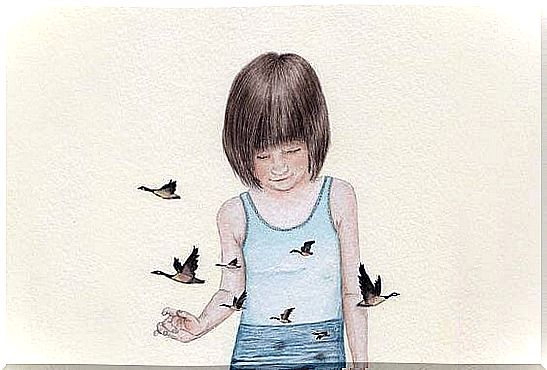
In fact, we should respect the apathy or grief of a child with caution. We often insist on asking them to try to be happy without understanding what is causing the discomfort. This means that we want to convey the message that sadness, frustration and anger are not normal; that they are useless emotions.
Let’s think about what this means for a child or an adult. Is not grief over a loss normal? Do we not all feel irritable at some point? Are these emotional states not useful for realizing certain things?
It is also possible that we may observe some motor agitation in depressed children, which is called agitated depression. The child is unable to sit still. It seems like the chair is burning under them. They twist their hands, move constantly, drum with their fingers…

They seem to run on a battery that is always fully charged. This condition should not be confused with hyperactivity. Therefore, it is always important for professionals to observe other symptoms that may accompany this in order to make the correct diagnosis.
The counterpart of agitated depression can be seen in slow depression. This little one thinks, talks and moves in slow motion. You can not talk to him, and you must constantly repeat all questions to him. His subjects are not varied, and he is quiet and immobile for very long periods.
Another link can be when the child has a very low or poor self-image or self-confidence. The child may think that it is worthless and is wrong by nature. It can even magnify the mistakes the child makes.
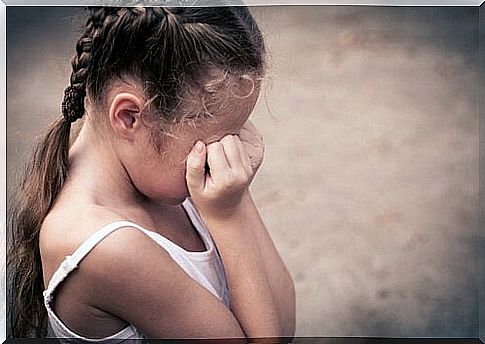
10 ideas to help a depressed child feel better
Francisco Xavier Mendez, a Spanish child psychologist, offers in his book “The child who does not smile” ten ideas to promote smiles and joy in children who suffer from continuous sadness.
- Lead by example: smile, show good humor, enjoy leisure and holidays, think aloud in a sensible way, etc.
- Help your child have fun and feel good: plan fun and entertaining activities, invite your friends to visit, surprise them with innovative and attractive plans, mark their achievements, remember their preferences.
- Protect them from unnecessary suffering: take care of their health (vaccinations, hygiene, sleeping habits, nutrition, etc.), prepare them for stressful situations (the start of the school year or the loss of a family member, for example).
- Promote a harmonious environment in the family and home: manifest your love with words and actions, promote communication in the family, avoid having parental conflicts in their presence, etc.
- Raise them with love and coherence: behave according to the environment, create reasonable rules of conduct and demand that they comply with the requirements, be holistic and flexible, cooperate with the school, etc.
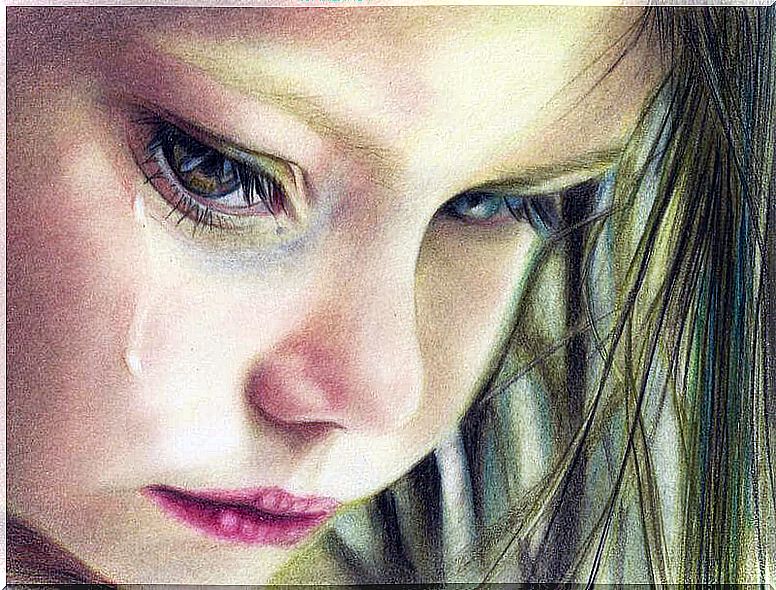
- Encourage their qualities, hobbies and interests: Register them at a gym or club, arouse their interest in reading, music, theater, film, collection, crafts, etc. Encourage them to try enriching experiences such as new tastes, sports, games…
- Train them to deal with frustration: Do not comply with their irrational demands, ignore their tantrums, teach them to wait their turn, gradually delay the satisfaction of their vulnerable requests, get them to share their toys and possessions.
- Make them responsible, not guilty: Appreciate the effort of their studies, not their grades or awards. Set realistic goals and congratulate them when they achieve them ( “Congratulations on your grades!” Is better than “I just want to see top grades next time!” ).
- Form a rational style of thinking: Avoid labels and absolutist language ( “You are bad. You never do this” ); Instead of facilitating the solution, get them to think about it (” What can we do to solve…? And what else?” ). Talk to them, disprove their irrational ideas and thoughts, etc.
- Strengthen their autonomy: Teach them basic skills such as bathing and dressing, cooking or how to manage their money. Give them the opportunity to practice. Help them with everything they need, but do not solve their problems for them. Allow them to gradually participate in the decision-making process.
Nevertheless, if we see any of the above symptoms on a continuous basis, we should consult a specialist to evaluate the child. They will work on the various aspects mentioned above. And this will shine a light on the wonderful smile that every child will show in the face and in the heart.
Children’s emotional health is not just magic. It’s something you have to cultivate. Therefore, we must not forget that it is easier to raise strong children than to repair broken adults.


